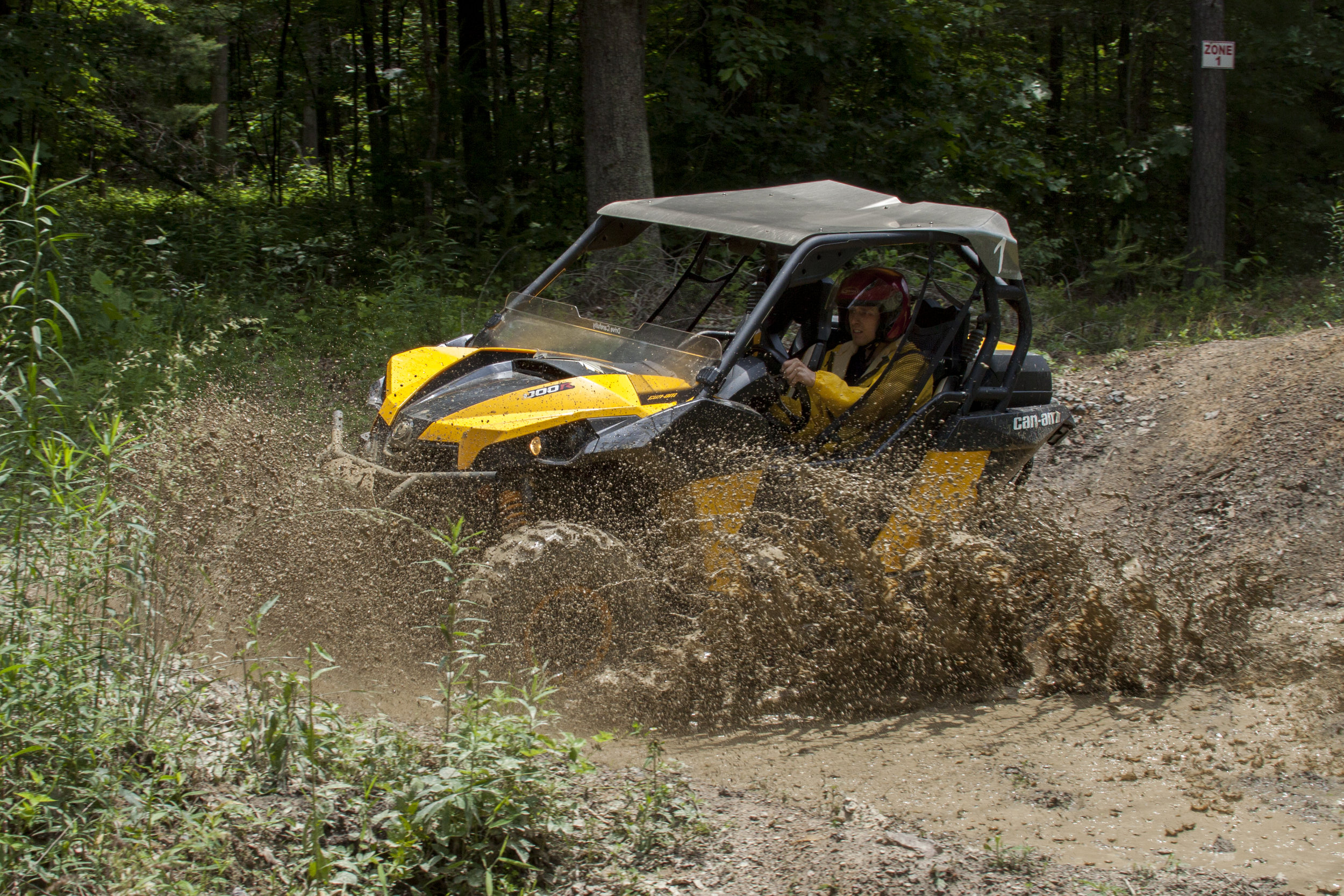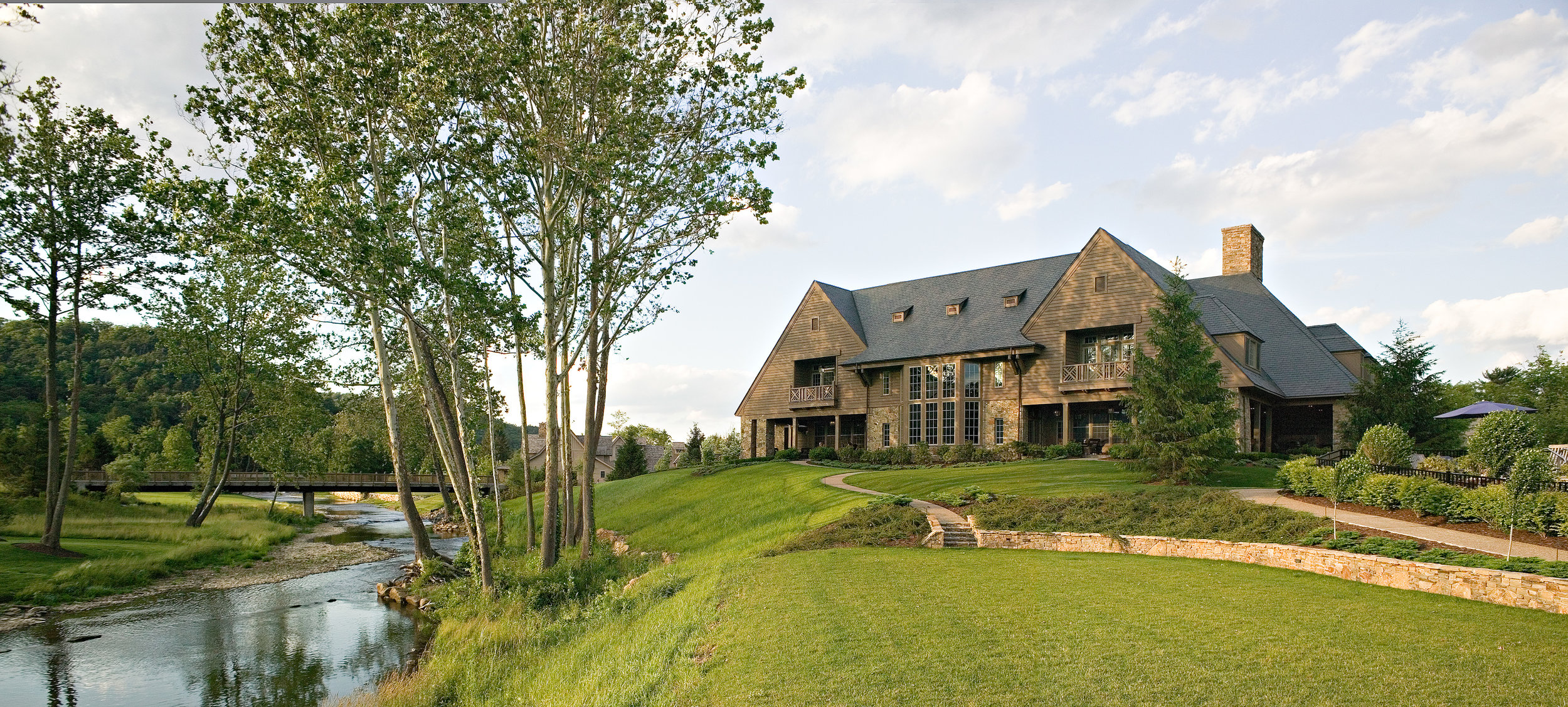Old White TPC Centennial

This year celebrates the 100th anniversary of the venerable Old White TPC course at The Greenbrier.
One hundred years ago, the Panama Canal had just opened, Charlie Chaplin starred in his first film, and Archduke Franz Ferdinand had just been assassinated. And somewhere in the hills of West Virginia, a masterpiece of a golf course opened for play.
A few years before, the Chesapeake and Ohio Railway had purchased The Greenbrier. The game of golf wasn’t very popular yet, but the company tasked itself with building a course that would move the game forward. At that time, much of the game was played close to the ground, and C&O sought a designer that could tame the valley’s topography to create a challenging and enjoyable design.
They turned to Charles Blair Macdonald, a Canadian-born Chicagoan who was sent to St. Andrews at the age of sixteen and took a strong passion to the game of golf. In 1895, Macdonald built the first 18-hole course in America in Wheaton, Illinois, primarily for the Chicago Golf Club he had founded since returning stateside. For The Greenbrier, Macdonald brought his vast knowledge of Scottish and British Course to America, building Old White, a nod to the original name of the resort itself.
In that first year of the opening, President Woodrow Wilson himself played a round on The Old White, helping to spread the word of the course’s beauty and challenge.
But soon thereafter a new, novel trend emerged in golf: actually hitting the ball up into the air. Enter Seth Raynor, a course architect who had worked closely with Macdonald on The National Golf Links of America in Southampton, New York, considered a watershed development in golf course design. Raynor was chosen to update the course to better reflect the trend of longer ball flights and its impact on the game. He reworked the course into its modern day par of 70.
Throughout the next 80 years or so, The Old White hosted a number of the game’s greats and many national tournaments, solidifying its place in the annals of the sport’s storied history. The course would find a home in our nation’s larger history, too. During WWI, The Greenbrier hosted five tournaments, with all of the proceeds benefiting the Red Cross.
In 2002, renowned golf course architect (a term coined by Macdonald himself) Lester George was asked by the resort to restore the course to its original style, while ensuring that it met the needs of the modern golfer and, perhaps more importantly, modern golf equipment.
With the austere periods of the 1930s depression and World War Two, combined the maintenance practices of the 1950s, many of the course features had disappeared. George was left with quite a challenge. He had to bring the course back in time while modernizing many of its technical aspects such as drainage. He succeeded admirably, making a course that reflected tradition while featuring modern improvements.
And then, in 2011, The Old White Course made history again by becoming part of the TPC (Tournament Players Club) network of golf courses and by gaining the new moniker--The Old White TPC course at The Greenbrier. The TPC provides premier host courses for TOUR events.
For the past four years, The Old White TPC course has been the home of The Greenbrier Classic. Its role as tournament host has added a number of memorable moments to the course’s rich history.
In the tournament’s inaugural year, Stuart Appleby finished off his winning round with an unforgettable putt to score a historic 59, only the fifth player in history to sign a PGA TOUR scorecard that read “59.” A photo of the purple-clad champ holding his ball with “59” scrawled in sharpie across its curves became an iconic image from the 2010 tournament.
The field later grew to include a number of notable golf legends, most markedly the “super pairing” of Phil Mickelson, Tom Watson and Stuart Appleby, which attracted throngs of spectators darting across the course to catch a glimpse of potential history. Ultimately, all three would not make the cut, leaving room for a new champion.
Enter Scott Stallings, a relatively unheralded rookie who played steady rounds throughout the week and quietly rose to the top on Sunday—when it counted most. Stallings birdied The Old White TPC’s 18th hole, legendary for its difficult humpback ridge, and after literally running back down the fairway and across the small footbridge to the 18th’s teebox, joined Bill Haas and Bob Estes in a three-man playoff.
With difficult pin placement behind the humpback ridge, Stallings landed an immaculate tee shot to find himself seven feet away for birdie. After watching his competitors miss their own career-changing birdie shots, Stallings softly approached his putt. A quick tap and the ball moved slightly left to right, dropping into the cup just as 50,000 people roared with excitement. Stallings flipped his putter, raised his arms high, and embraced his caddy in a display of unbridled excitement.
Today, one-hundred years after its first patrons knocked balls across its flat fairways, The Old White TPC course continues to create lasting memories, not only for those that grace its links, but also for the thousands of fans that tune in every summer to see some of golf’s biggest names tackle the stories course.
In much the same way as the Old White reinvented golf a century ago, The Greenbrier Classic now works to reinvent the idea of the golf tournament. By pairing top-notch golf with evening entertainment, like the popular concert series that will this year feature Maroon 5 and Jimmy Buffet, the classic seeks to help grow the sport of golf and its fan base. Charles Blair Macdonald would be proud.




